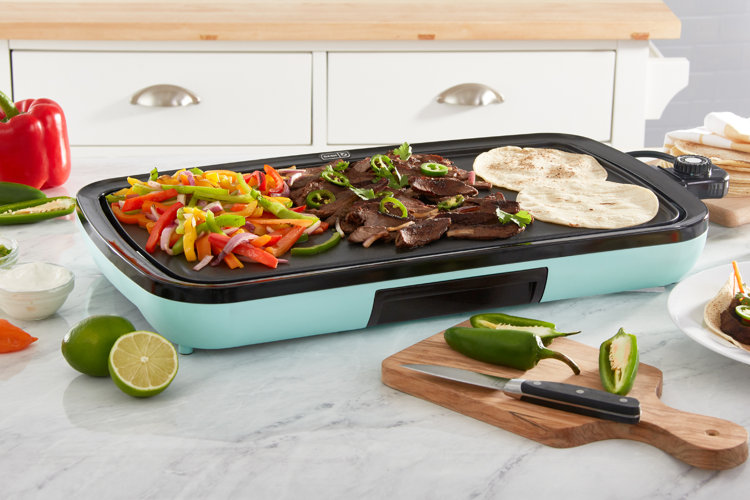How to Dry Griddle Tools Properly After a Cookout?
Written By James Morgan
For barbecue enthusiasts, the joy of cooking on a griddle is unparalleled. However, the excitement doesn't end with the meal. Proper maintenance of your griddle tools is essential to ensure their longevity and optimal performance. One often-overlooked aspect is knowing how to dry griddle tools properly. This process is crucial in preventing rust and maintaining the quality of your tools.
Before diving into the drying techniques, lets understand why its so important in the first place. Your griddle tools, whether theyre made of stainless steel or another metal, are prone to rust if not dried correctly. Water and moisture are the enemies when it comes to maintaining the pristine condition of your barbecue gear. Ensuring that your tools are thoroughly dried after each use can prolong their lifespan and keep them in top-notch condition for your next cookout.

Understanding the Basics of Griddle Tool Maintenance
After a delightful grilling session, its tempting to just rinse and forget your tools. But doing this can lead to deterioration. Proper maintenance begins with cleaning and drying your tools diligently.
Start by washing each tool with warm, soapy water. Pay special attention to areas that might accumulate grease or food particles. Once clean, rinse the tools thoroughly to remove any soap residue. This step is crucial as soap left on the tools can affect their surface over time.
The Importance of Thorough Drying
Now comes the critical partdrying. After washing, use a clean towel to blot the tools dry. Make sure to reach every nook and cranny, especially the joints and hinges, where water tends to accumulate. For individuals serious about their barbecue craft, investing in a dedicated drying cloth or microfiber towel can make a significant difference.
For more advanced steps, consider using a hairdryer or a similar appliance to ensure absolute dryness. This might sound excessive, but the extra effort can save you from the hassle of dealing with rust or corrosion in the future.
Advanced Drying Techniques for Enthusiasts
If your griddle tools are particularly dear to you, or if you live in a humid area, you might want to take extra precautions. Vacuum-sealing your tools after drying them can prevent moisture from creeping back in. This method is a bit more involved but provides an added layer of protection.
Another innovative approach is to use silica gel packs. These are often found in packaging and can be reused to absorb moisture from the air around your tools. Store your tools in a sealed container with a few silica gel packs for optimal dryness.
Storing Your Griddle Tools
Once your tools are dry, proper storage is the next step. Keeping them in a cool, dry place, away from any potential water exposure, is key. Hanging your tools can also be a great way to ensure they remain dry and ready for the next use.
For more tips on maintaining your griddle tools in various conditions, check out our article on tips for griddle tool care in humid weather.

Additional Resources for Griddle Enthusiasts
For those looking to delve deeper into the world of griddle maintenance, consider visiting external resources like The Flat Top King for comprehensive guides on griddle spatulas and more. These resources provide valuable insights and tips that can enhance your barbecue experience.
Additionally, the New York Times Wirecutter offers expert advice on maintaining outdoor griddles, which can be incredibly beneficial for both beginners and seasoned grillers.
FAQs
-
Q: Why is it important to dry griddle tools properly?
A: Drying griddle tools properly helps prevent rust and prolongs their lifespan, ensuring they remain in good condition for future use. -
Q: Can I just air-dry my griddle tools?
A: While air-drying is an option, using a towel or a hairdryer ensures complete dryness, especially in areas prone to water accumulation. -
Q: What should I do if my tools start to rust?
A: If rust appears, clean the affected area with vinegar or a rust remover, then dry thoroughly to prevent further rusting.
For more insights on griddle tool maintenance, check out our guides on testing griddle spatula quality and griddle scraper angles for better care and performance.
This article contains affiliate links. We may earn a commission at no extra cost to you.



